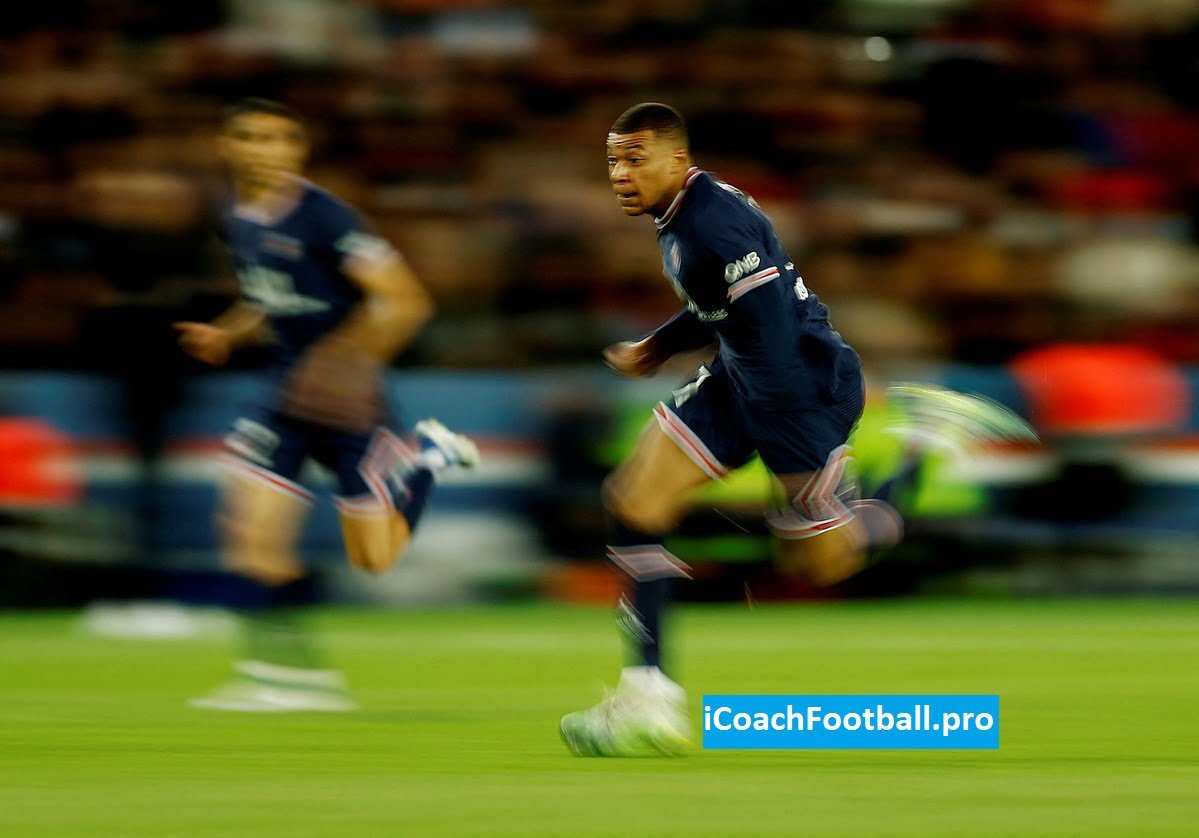Table of Contents
Introduction
Speed and agility training are crucial components of success in football. The ability to quickly accelerate, change direction, and react to the demands of the game can make a significant difference on the field. In this blog post, we will explore an evidence-based approach to speed and agility training in football.
The Importance of Speed and Agility
Speed and agility are essential for football players in all positions. The ability to outrun opponents, quickly change direction, and react to the dynamic nature of the game can give players a competitive edge. Whether it’s a striker sprinting past defenders, a midfielder evading tackles, or a goalkeeper diving to make a save, speed and agility play a vital role in every aspect of the game.
The Evidence-Based Approach
When it comes to speed and agility training, it’s essential to rely on evidence-based practices. This means using training methods and techniques that have been scientifically proven to be effective. By following an evidence-based approach, football players can maximize their potential and minimize the risk of injury.
1. Sprint Training
Sprint training is a fundamental component of speed development in football. It involves short bursts of maximal effort running, focusing on improving acceleration and top speed. Research has shown that incorporating sprint training into a player’s routine can lead to significant improvements in speed and agility on the field.
2. Plyometric Exercises
Plyometric exercises, such as box jumps and lateral bounds, are excellent for developing explosive power and agility. These exercises involve quick, powerful movements that mimic the demands of football. Studies have shown that plyometric training can enhance a player’s ability to change direction rapidly and improve overall agility.
3. Change of Direction Drills
Change of direction drills are specifically designed to improve a player’s ability to quickly change direction while maintaining speed. These drills often involve cones or agility ladders and focus on improving agility, coordination, and reaction time. Incorporating change of direction drills into training sessions can have a significant impact on a player’s performance.
Speed and agility trainings are central to success in a wide range of sports.

Training for Sports Speed and Agility is the first evidence-based study of all those aspects of athletic preparation that contribute to the expression of speed and agility during competition.
Drawing on the very latest scientific research in the fields of strength and conditioning, applied physiology, biomechanics, sports psychology and sports medicine, the book critically examines approaches to training for speed and agility.
This book further explores the scientific rationale for all aspects of effective training to develop sports speed and agility, comprising a diverse range of topics that include:
assessment
strength training for speed and agility development
acceleration
speed–strength development and plyometric training
metabolic conditioning; mobility and flexibility
straight-line speed development
developing change of direction capabilities
periodization
developing expression of agility during competition
Every chapter includes a review of current research as well as offering clear, practical guide-lines for improving training and performance, including photographs illustrating different training modes and techniques.
No other book offers a comparable blend of theory and practice.
Training for Sports Speed and Agility is therefore crucial reading for all students, coaches and athletes looking to improve their understanding of this key component of sports performance.
Conclusion
Speed and agility are essential attributes for success in football. By following an evidence-based approach to training, players can enhance their speed, agility, and overall performance on the field. Incorporating sprint training, plyometric exercises, and change of direction drills into a training routine can lead to significant improvements. Remember, it’s crucial to consult with a qualified coach or trainer to ensure proper technique and minimize the risk of injury.
[sociallocker]
[/sociallocker]
